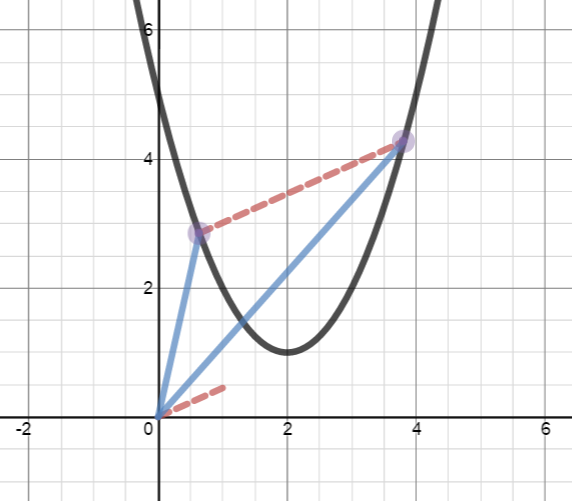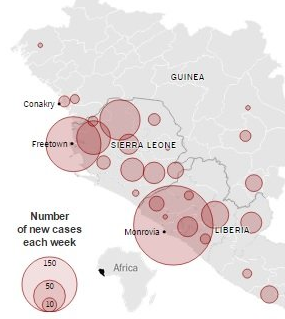I personally enjoy writing, and as a math teacher I love getting my students writing about math.
One of my favorite writing assignments for students is math-themed haiku. The rigid constraints of haiku make it an easy exercise, it allows students to access and interact with mathematical ideas in a different and creative way, and the elegance and efficiency of the for evoke the character of mathematics itself.
Here are some selections from this year’s Geometry class. Enjoy!
| We are both equal
We look exactly the same We are congruent |
Postulates assumed
Leading to certain theorems Web of proof and math |
| Three lines have converged
Meeting at a single point They are concurrent |
Scalene triangles
Angles are dissimilar Sides are unalike |
| CPCTC
A simple explanation For congruent things |
Math is easy now
Calculators do all the work Sit back and relax |
Related Posts



